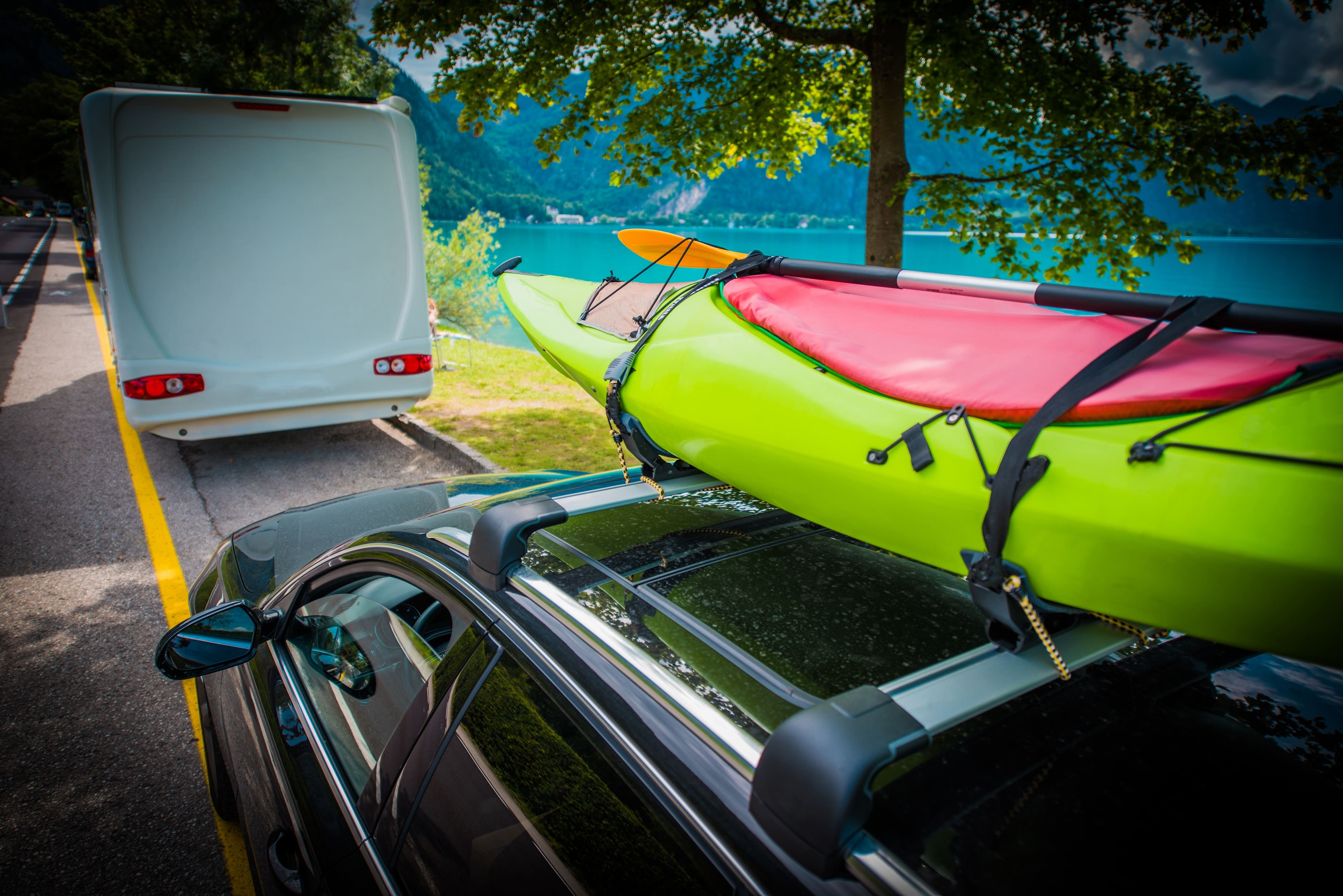How to Transport a Kayak by Road: The Complete Guide for 2024
“Embarking on a kayaking adventure is an exhilarating experience, but getting your kayak to the water’s edge can sometimes feel like a journey in itself.”
Kayaking is a great way to get outside and connect with nature. Kayaking opens up a world of unknown waterways. However for many people getting a boat for adventure is a problem. Kayaking safely and efficiently is an important skill for both first-time paddlers and experienced paddlers but it can seem a little overwhelming at first.
How to Transport a Kayak by Road: The Complete Guide for 2024
How to Transport a Kayak this question comes in your mind then this article for you. Kayaks come in all shapes and sizes and even the most common boats are over 2 meters long.

How to Prepare Your Vehicle and Boat for Transportation There are many factors to consider when determining what equipment you need. We’ve put together an essential guide to safely transporting a kayak.
Before loading your kayak make sure you have the following items:
- Use Cockpit Cover:
How to Transport a Kayak Be sure to use an appropriate cockpit cover when transporting your kayak. It serves many purposes. First of all you need to protect the interior of your kayak when transporting it. You don’t want road debris to get into or damage your kayak.
Another good reason to use a cockpit cover is to keep your kayak protected… and your trip will be safer. If the cabin is not closed, the wind generated as the vehicle speeds up can stretch the straps meant to keep the kayak stable. Not only does this cause significant damage to your kayak, it can also pose a major threat to you and other passengers if it becomes completely damaged.
- Check all Connectors Regularly:
If there’s one golden rule for kayaking it might be that you check (and double-check) all ropes and straps before you start and throughout the trip. A good rule of thumb is to stop your car after the first fifteen minutes of driving and make sure all seat belts are fully fastened.
Carefully check your leash when you stop to go to the bathroom or eat. You’ve already gotten off the bus and can make the most of the station.
- A little Help Goes a Long Way:
The final general idea is to help whenever possible. You may be able to move the kayak yourself but it is easier and safer to have someone else help you lift it above your head on a tall vehicle like an SUV.
- Use Red Flags for Indication:
How to Transport a Kayak = If you don’t transport your kayak in a stretch limo (Pro Tip: Don’t transport your kayak in a stretch limo) there’s a good chance that part of your kayak will be attached to the back or bed of your vehicle. Take yours.
So you have to make sure that other drivers are aware of the unsold situation. It is good practice to place a red flag on the back of your kayak during transit. Some states also require it by law.
Always check state highway regulations before transporting your kayak to avoid fines. Adding warning signs requires minimal effort.
- Using Foam Block Rack:
Foam block racks can be used for short distance or low speed transportation. It should also be wide enough to provide the necessary support. Be especially careful with foam blocks as they are not as safe as bar racks. Foam blocks also make it necessary to attach the front and rear of the kayak directly to the vehicle.
- In Bad Weather:
If you are sailing when bad weather is expected, position the kayak upside down if possible. A heavy boat filled with water is dangerous. If it is not possible to reverse the cockpit, use a portage cover to cover it. Check periodically to make sure your straps don’t stretch when they get wet.
Conclusion:
“How to Transport a Kayak by Road: The Complete Guide for 2024” offers essential guidance for safely transporting your kayak. From using cockpit covers to checking connectors regularly and employing red flags for indication, the handbook ensures a smooth and secure journey to the water’s edge, enhancing your kayaking adventures.
FAQs About Kayak Transport:
- Why is it important to use a cockpit cover when transporting a kayak?
Ans: A cockpit cover protects the interior of the kayak from road debris and damage during transportation.
- Why should connectors be checked regularly during transportation?
Ans: Regularly checking connectors ensures that ropes and straps are secure, minimizing the risk of the kayak becoming loose or unstable while in transit.
- Why should red flags be used when transporting a kayak on a vehicle?
Ans: Red flags help alert other drivers to the presence of an extended load, reducing the risk of accidents. Some states also require the use of red flags by law.
Read More:
